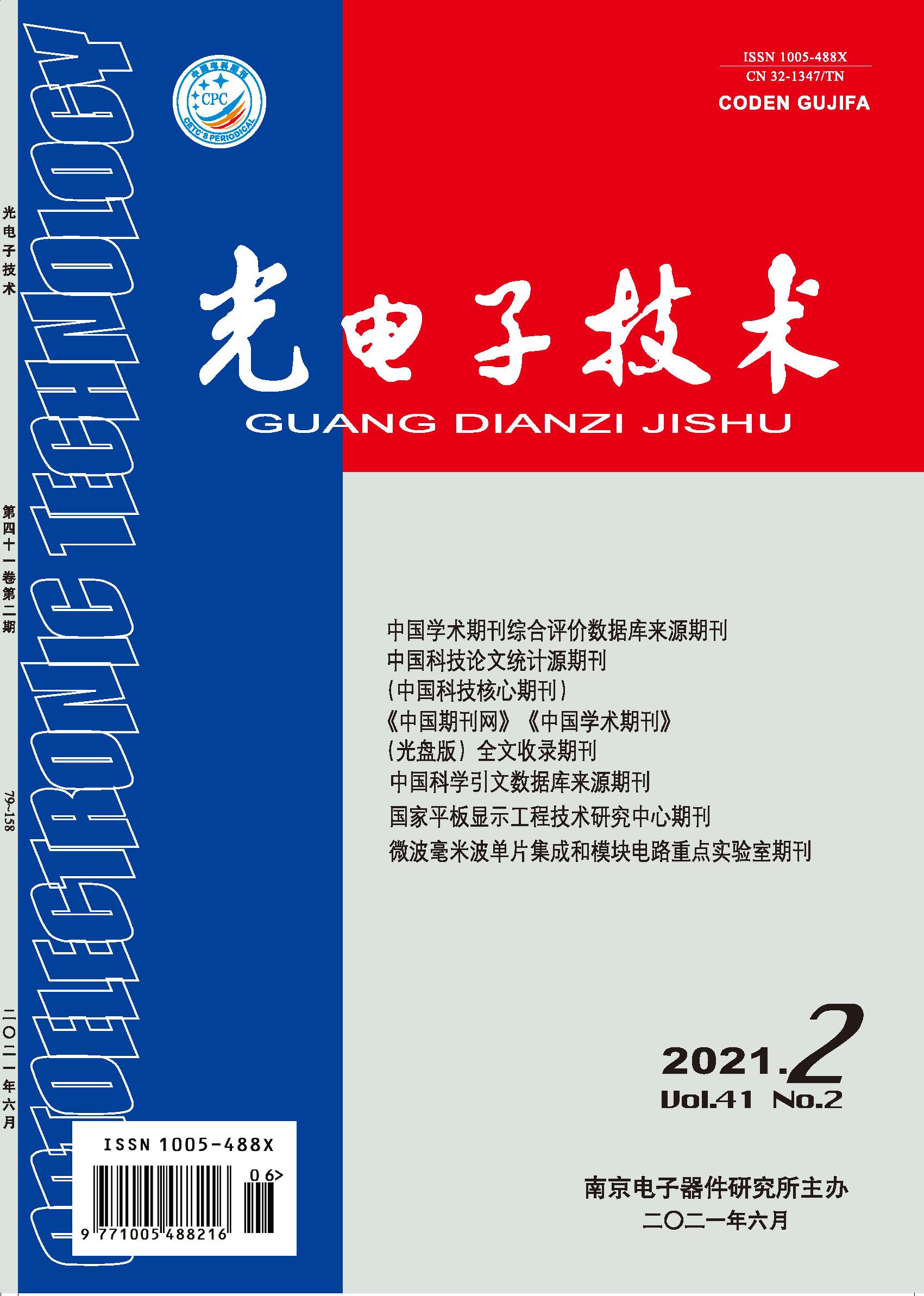
The information display device is not only capable to deliver the content on the plane of the display screen, but more importantly, to display the content in a real three-dimensional space, making the natural interaction between individuals and information possible. Micro-LED displays have received much attention because they have the potential to bring us into a new era of truly immersive and interactive experience. Fast response time, micro size, wide environment temperature, and long operating lifetime, enable Micro-LED display for almost all display application, even flexible and transparent display. By reducing the diameter of LEDs, they show great promise in very high pixel density display. It is believed that Micro-LEDs could pave the way for realizing highly integrated semiconductor information display (HISID), embracing the next generation information display technology.
A photolithography process based on photo acid reaction was used to obtain uniform red, green and blue quantum dot films as light-emitting layers, and a high-resolution full-color QLED device (sub-pixel width of 5 μm) was successfully prepared. The device performance of full-color QLEDs was significantly improved by ligand passivation of photolithographic quantum dot surfaces, as well as by introduction of a charge blocking layer to reduce the leakage current in the non-emitting region. The resultant QLEDs showed the maximum brightness of 23 831 cd/m2 and external quantum efficiency of 3.87%.
Utilization of nonbonding conformational locks (NCLs) to enhance the electron mobility of solar cell materials and the photovoltaic conversion efficiency of the devices has been widely accepted. Currently, studies on the working mechanism of NCLs were mainly based on macroscopic experiments, while the regulation of charge conduction mechanism by NCLs at single-molecule level was rarely researched. In this paper, single-molecule conductance measurements of organic conjugated molecular systems containing NCLs were performed using scanning tunneling microscopy (STM) to investigate the effect of NCLs on intramolecular charge transport at the single-molecule level. It showed that NCLs could promote intramolecular charge conduction by planarizing the molecular conformation and modulating the molecular band gap, while DFT calculations could confirm that NCLs could furtherly enhance intramolecular charge conduction by establishing additional tunneling channels. Therefore, the results of this study provided a theoretical and experimental foundation for the design of high-efficiency organic photovoltaic materials based on NCLs.
Based on the evanescent waves of microring resonance next to the waveguide and the bus waveguide, an optofluidic device composed of the chalcogenide semiconductor Sb2Se3 was proposed. The function of device could be actively modulated by the phase change of Sb2Se3, so that the device could realize two different functions under the condition of single wavelength input. Spherical and rod-shaped polystyrene particles were used as model systems, in which spherical (0.5 μm in diameter) and rod-shaped (0.5 μm in diameter and 1.5 μm in length) polystyrene particles could simulate Staphylococcus aureus and rod-shaped Escherichia coli, respectively. These two different bacteria were used to implement the shape-sorting function of the device. By heating Sb2Se3 to the crystallization temperature(TC = 200 ℃), the materials of the waveguide and the resonant ring were phase-transformed, and the device could be tuned to switch between the two functions of storing particles and sorting particles. The protocol may provide a reference for shape-selective screening of biomolecules and meet the requirements of a new generation of lab-on-a-chip technology.
In order to balance image quality and power consumption, a local dimming algorithm based on image local features was proposed. Firstly, the image features of the corresponding display area were extracted and classified; then, the initial backlight value of the region was obtained based on the improved error correction method. The brightness dimming factor was adjusted according to the image detail characteristics to finally determine the output backlight value. Finally, the input display image was separated by Gaussian filter and the pixel compensation based on S-curve was carried out according to the different detail content. The experimental results showed that compared with the display without dimming technology, the backlight power consumption was reduced by 38.36%.Compared with the error correction algorithm, the average peak signal to noise ratio (PSNR) was increased by 7.83 dB and the average information entropy was increased by 6.32%.The proposed algorithm could greatly reduce the display power consumption and improve the static contrast, as well as retain more details of the original images.
The technical approaches and reliability of the active optoelectronic devices were studied, including coaxial and box-type package structure, electrical and optical parts attachment materials and fiber coupling system.The characteristics of attachment material for electrical parts and cementing material for optical parts were compared and analyzed. The structural characteristics of direct and indirect coupling in fiber coupling system were described,as well as the optical window sealing technologies in indirect coupling,three sealing methods and reliability of fiber and pigtail ferrule in direct coupling.In addition, several reliability verification methods were presented, aiming at the typical failure modes of active optoelectronic devices.
A novel measurement method of field of view (FOV) was proposed based on high precision turntable, which was consistent with the designed value of FOV. The novel method could solve problems, such as adjustment difficulty, large error and long time consuming in traditional measurement methods of FOV and image continuity, thus providing reference for the measurement and improvement of PNVG.
The cooling methods of structural parts and thermally conductive materials were analyzed, and meanwhile the heat dissipation design of the display was carried out by using the LED light source assembly to dissipate heat and increase the heat dissipation area. It ensured that the display could operate normally with high brightness in high temperature environment. Combined with thermal simulation, experiments showed that the proposed display heat dissipation design could meet the reliability requirements.












